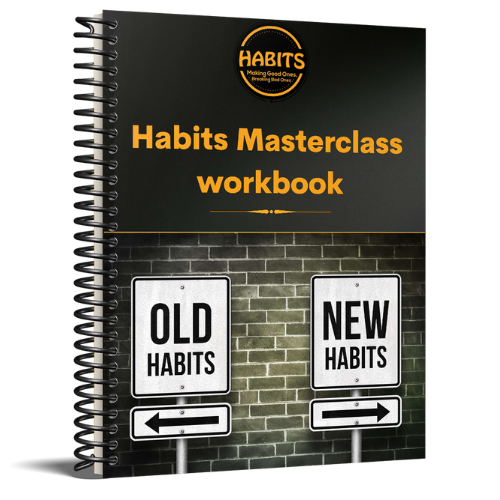4 Reasons You Should Give a Gift to Guests
This week, a guest walked into our church for the 3rd time in 4 weeks. Due to the crowd, I had been unable to meet her face to face for the first 2 times she had attended. I greeted her, and she began to tell me of a friend in jail, asking if I could visit. […]









